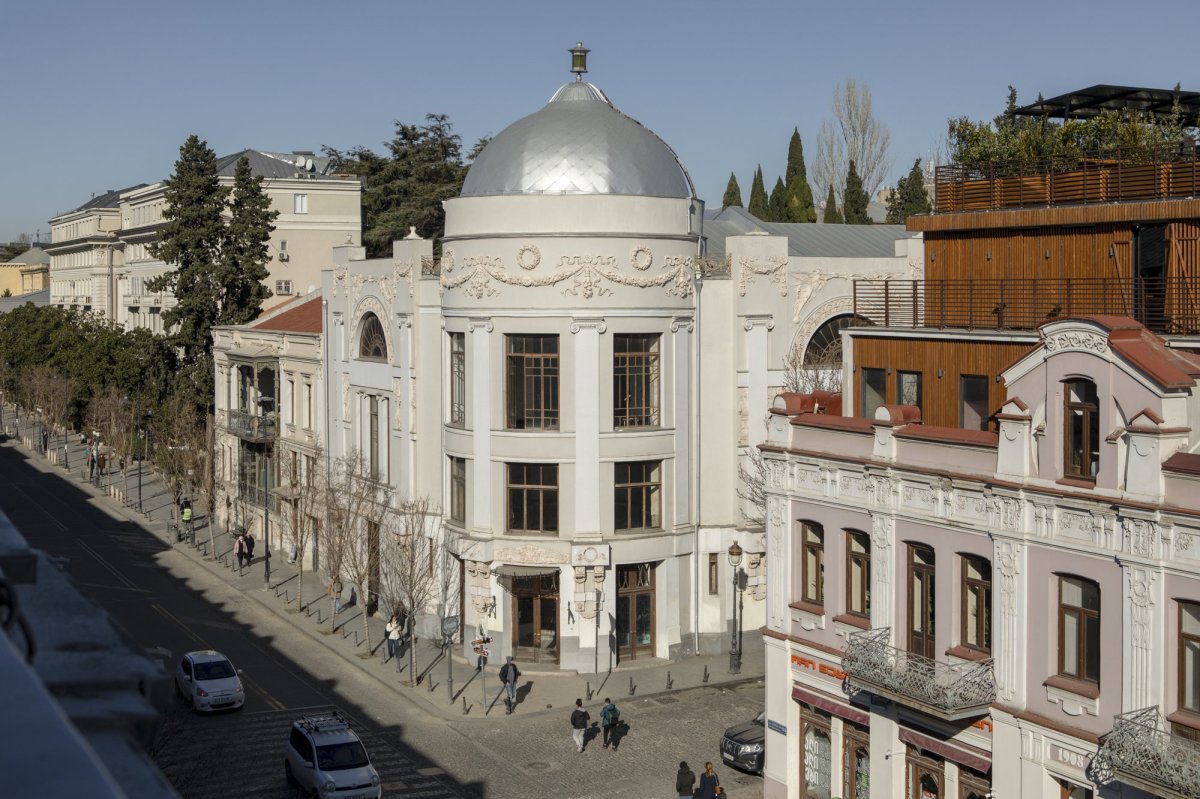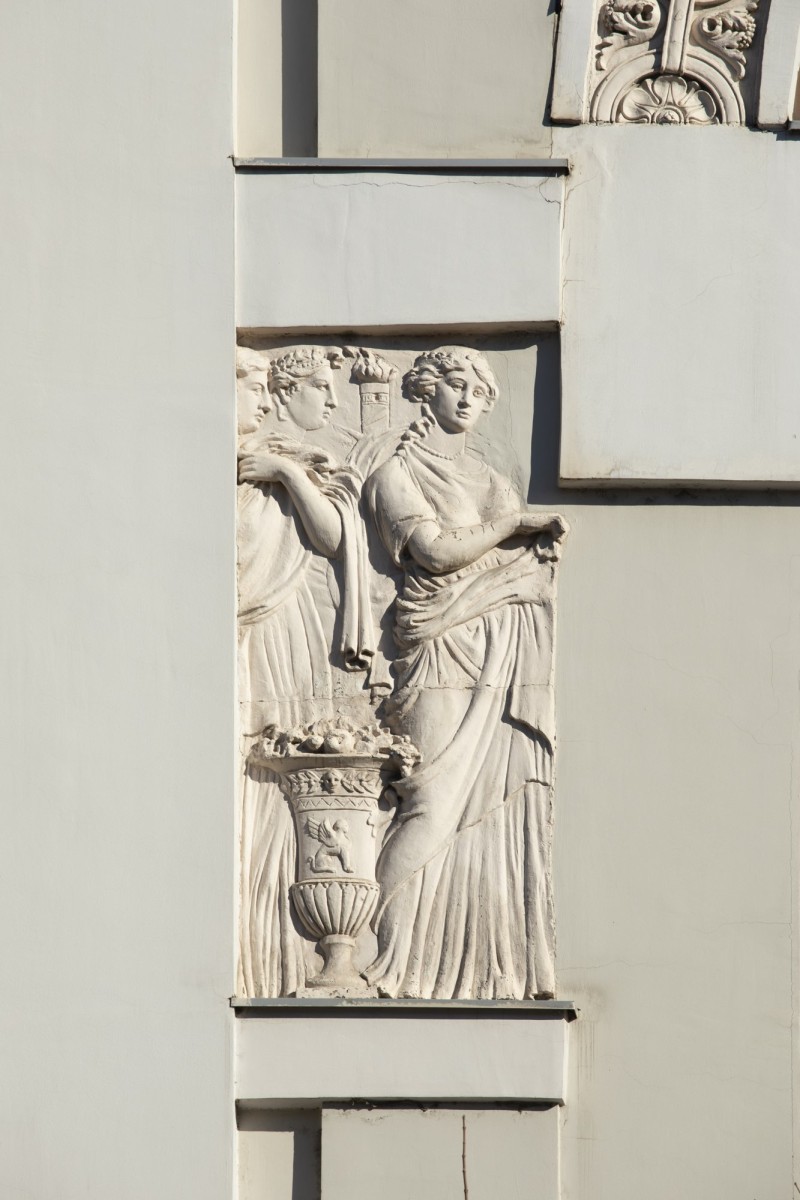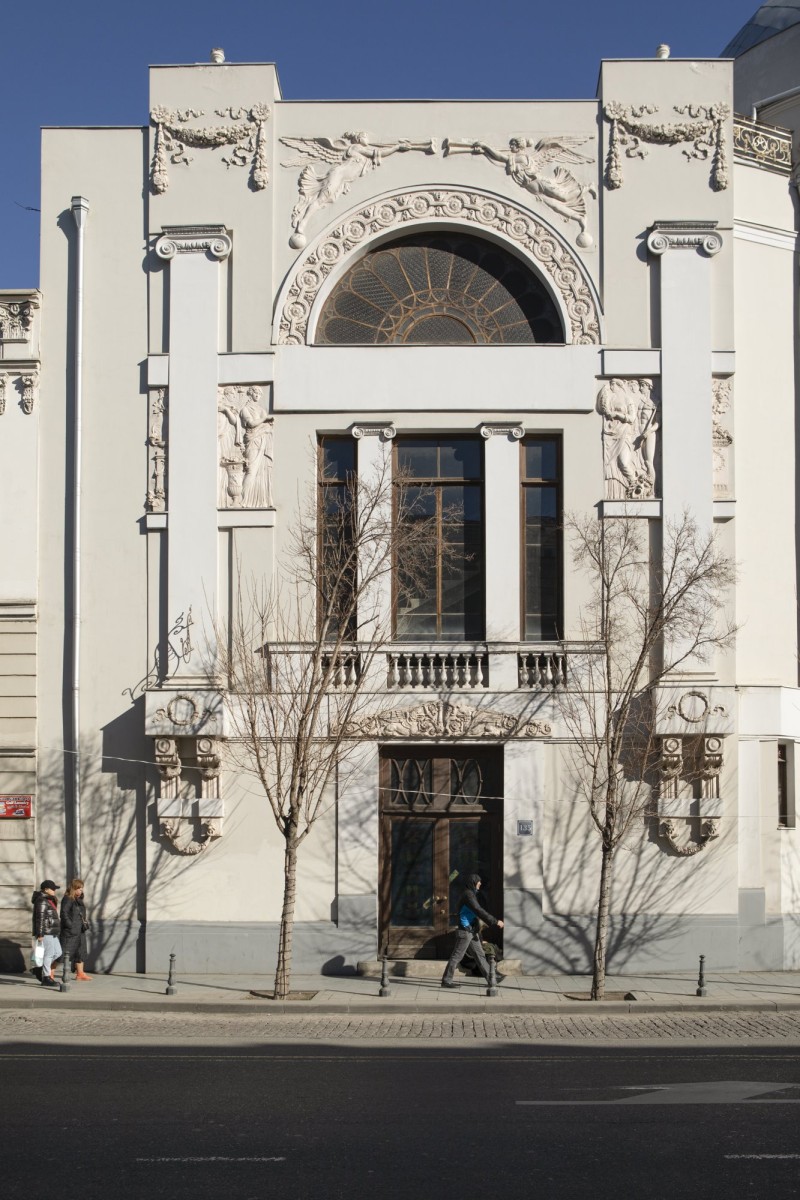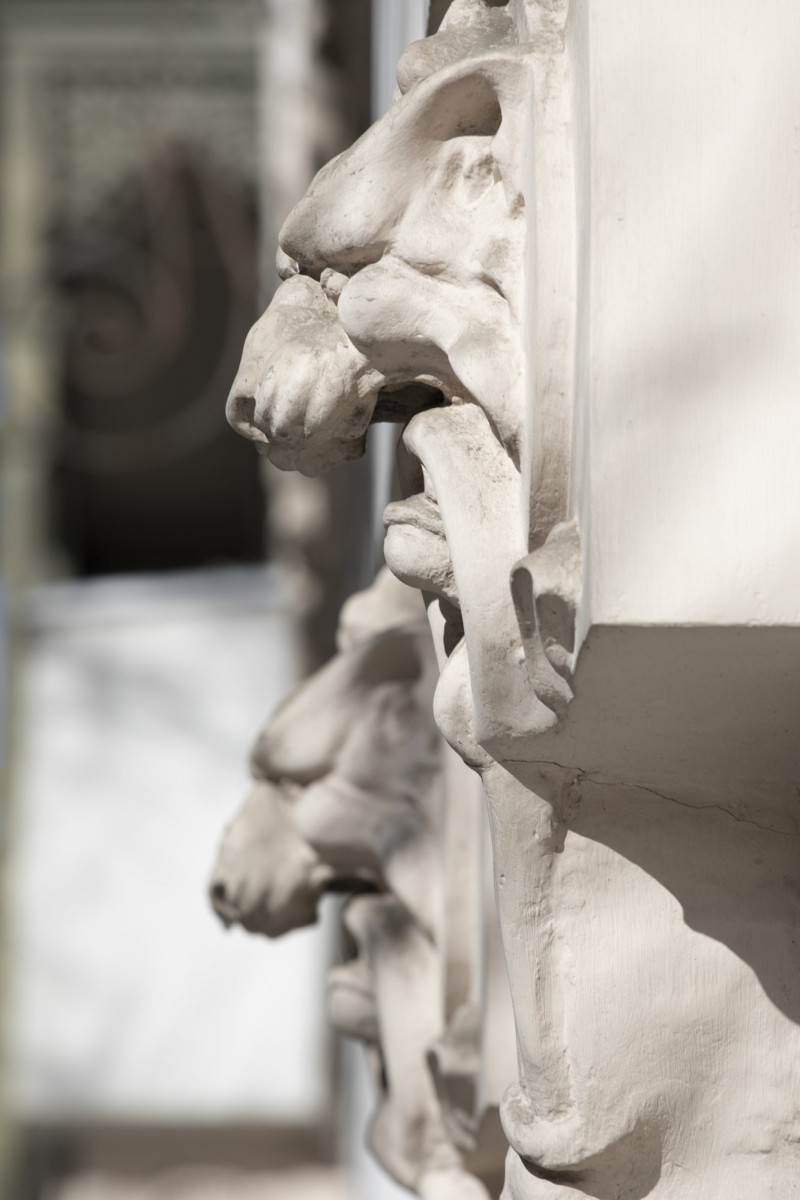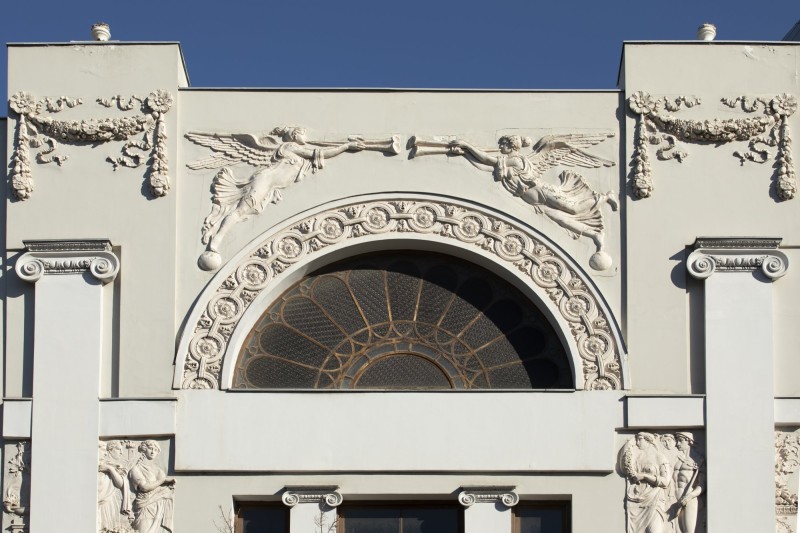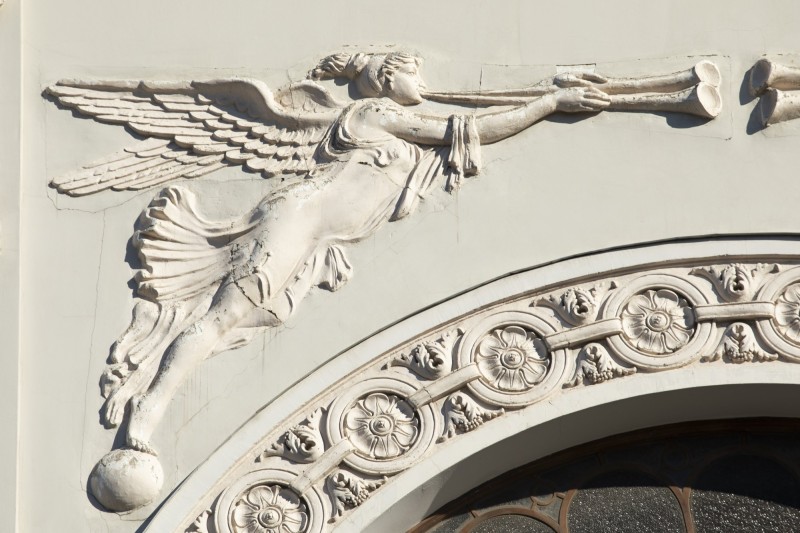
Information in details
Located at 135, Agmashenebeli Ave. 10, Ia Kargareteli St, the building of the "Apollo" cinema is an outstanding example of modern - Art Nouveau architecture. Its original owner was a German. It is known that the artistic decoration of the building was ordered to the sculptor Karl Wills and the masters of the Reisch company. Later, the sculptural works of A. Novak and the sculptor, Karl Souchek, completed it. The cinematograph or, as cinemas were called then - "electronic cinema", appeared in Tbilisi for the first time at the beginning of the 20th century. Cinema was considered the greatest invention of that time, and the know-how created by the Lumiere brothers soon gained popularity among the residents of Tbilisi. The first movie screening in Tbilisi was held on November 16, 1896, in the "National Theater" on Sasakhle Street. At that time, the Tbilisi newspaper "Tsnobis Purtseli" reported that the movie screening started at 8 pm and the ticket price was quite expensive. By 1904, several cinemas were operating in Tbilisi: "Illusion" in Mushtaid Garden, "Skipi" and "Uran". At that time, Georgian cinema was still taking its first steps, and mostly French films were shown on the screens to Tbilisi moviegoers. By 1915, eight electronic cinemas were operating in Tbilisi: one - on Golovin (currently Rustaveli) Avenue, and the other seven - on Mihailov, current Aghmashenebeli Avenue. The cinema located on Golovin Prospekt was known as "Arfasto" and its history is related to the famous Armenian philanthropist and industrialist Mikael Aramiants. Cinema "Arfasto" was opened in the building of the current Theater University. The existence of seven cinemas on Mikheili Prospekt dates back to 1915: "Saturn", "Modern", "Lira", "Odeon", "Mullen-Electric", "Mullen-Electric" summer hall, and probably the most famous cinema of Tbilisi - "Apollo". According to popular reports, "Apollo" was the first electronic cinema in Tbilisi, which was opened on April 12, 1909, on Mikheili prospect. The building was built in the modern style and there are only a few cinemas built in this style in the world. It was one of the largest cinemas of that time in Europe and, in particular, in the Russian Empire. The interior of the building contained many signs of modernity. There is a version that the "Apollo" project belonged to the famous Tbilisi architect of that time, Leopold Bielefeld, however, it is impossible to find the facts confirming this at this time. It is known for certain that the builders of the building and its first owner were wealthy German colonists. The arrangement of the electronic theater was carried out by the company "Reish" and Karl Vilsis, and the architectural decoration of the building was carried out by the Czech masters of architectural sculpture - A. Novak and Karl Souchek. Although the cinema was opened in 1909, the interior decoration of the theater was completed only in 1914. According to Carlo Moretti, an Italian builder working in Tbilisi, after the Germans, "Apollo" was owned by the Italians, the Rich brothers. For a period of time, the owner of "Apollo" and other cinemas in Tbilisi was philanthropist Aramiants. During the Soviet period, the name "Apollo" was changed to "October", and in 1990, the cinema was reconstructed and the old name "Apollo" was returned to it. However, the authentic inscription in Russian script has disappeared from the facade, which is a significant loss for the exterior of the building. The "Apollo" cinema is one of the most important and famous buildings in Tbilisi. It was the biggest cinema in Tbilisi before the Soviet Union. With its size and artistic decoration, it stands out even now on Davit Agmashenebeli Avenue. The building is one of the best examples of the modern-Art Nouveau style in Tbilisi. It stands at the corner of Davit Agmashenebeli Avenue and Ia Kargareteli Street and has facades on both sides. This value is confirmed by the fact that the building was granted the status of a monument of the national category.


 თბილისი, Davit Agmashenebeli Ave N135
თბილისი, Davit Agmashenebeli Ave N135
 41.7154533, 44.7935219
41.7154533, 44.7935219

